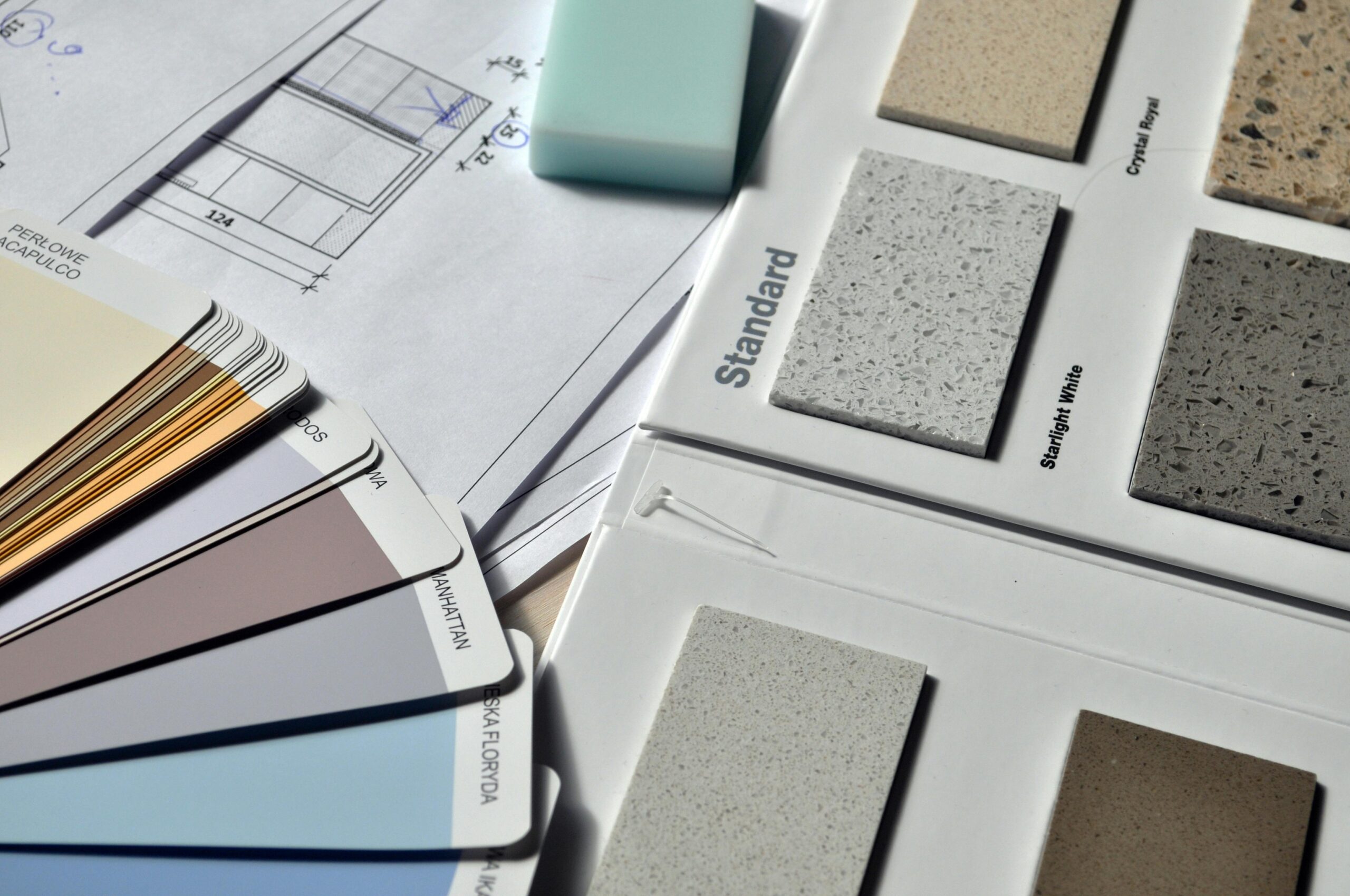
Renovating a room is an exciting opportunity to refresh your space, and one of the most impactful decisions you’ll make is choosing the colour scheme. Colours set the tone, mood, and style of the room, so getting it right is key. But with so many options available, how do you choose the perfect palette? Here’s a step-by-step guide to help you navigate this colorful journey.
1. Understand the Room’s Purpose
Before you dive into paint swatches, consider the room’s function. Is it a relaxing bedroom, an energizing kitchen, or a cosy living room? The purpose of the room will heavily influence the colour choices:
- Bedrooms: Soft, muted tones like blues, greens, or warm neutrals are ideal for creating a calming environment.
- Kitchens: Bright, vibrant colours such as yellows or bold blues can energise the space.
- Living Rooms: Neutral tones with pops of colour often work well, creating a balanced and welcoming atmosphere.
2. Consider the Room’s Lighting
Lighting plays a crucial role in how colours appear in a room. Natural light brings out the true colour, while artificial lighting can add warmth (from incandescent bulbs) or coolness (from LED or fluorescent lighting). Test your chosen colours in different lighting conditions to ensure they look appealing at all times of the day.
- North-facing rooms: These often have cooler light, so you might want to counterbalance this with warm hues.
- South-facing rooms: These receive plenty of warm, natural light, making them versatile for both warm and cool colours.
3. Start with a Focal Point
If you’re unsure where to begin, look for a focal point in the room that can serve as inspiration for your colour scheme. This could be a piece of art, a rug, or even a piece of furniture that you love. Draw colours from this item to create a cohesive palette.
4. Choose a Colour Scheme
There are several tried-and-true colour schemes you can use to create a harmonious space:
- Monochromatic: This scheme uses variations of a single colour, offering a cohesive and understated look.
- Analogous: This involves choosing colours that are next to each other on the colour wheel (e.g., blue, green, and teal) for a serene and comfortable feel.
- Complementary: For a more dynamic look, choose colours opposite each other on the colour wheel (e.g., blue and orange). This creates high contrast and visual interest.
5. Balance Neutrals and Bold Colours
A well-balanced room often includes a mix of neutral tones and bold colours. Neutrals (like whites, greys, or beiges) provide a versatile base, allowing you to add personality with bolder accents in furniture, accessories, or even a feature wall.
- 60-30-10 Rule: This classic interior design rule can guide your colour distribution. Use one colour for 60% of the room (walls, large pieces of furniture), a secondary colour for 30% (upholstery, rugs), and an accent colour for the remaining 10% (decorative items).
6. Test Before You Commit
Before fully committing to a colour, it’s wise to test it out. Paint a small section of the wall or use large swatches to see how the colour looks in your space. Colours can look drastically different depending on the room’s size, light, and existing décor.
7. Think About Flow Between Rooms
If your renovation involves multiple rooms, consider how the colours will flow from one room to another. While each room can have its own distinct palette, there should be a sense of continuity throughout your home. This can be achieved by using a common neutral colour or by choosing colours that harmonise well together.
8. Trust Your Instincts
Finally, while guidelines and trends can be helpful, your personal preference is paramount. Choose colours that resonate with you and reflect your personality. After all, you’ll be the one living in the space, so it’s essential that you love it.
Conclusion
Choosing a colour scheme for a room renovation is both an art and a science. By considering the room’s purpose, lighting, and existing elements, and by testing colours before committing, you can create a space that is not only beautiful but also truly reflective of your style. Happy decorating!
